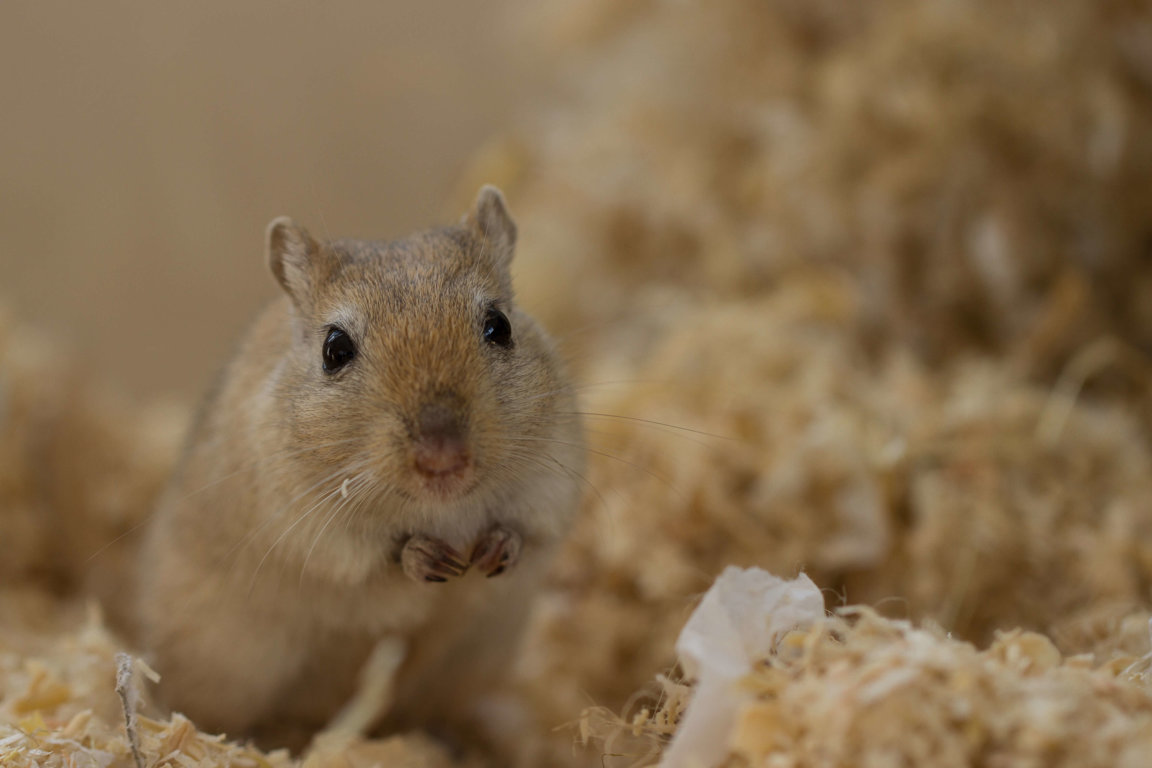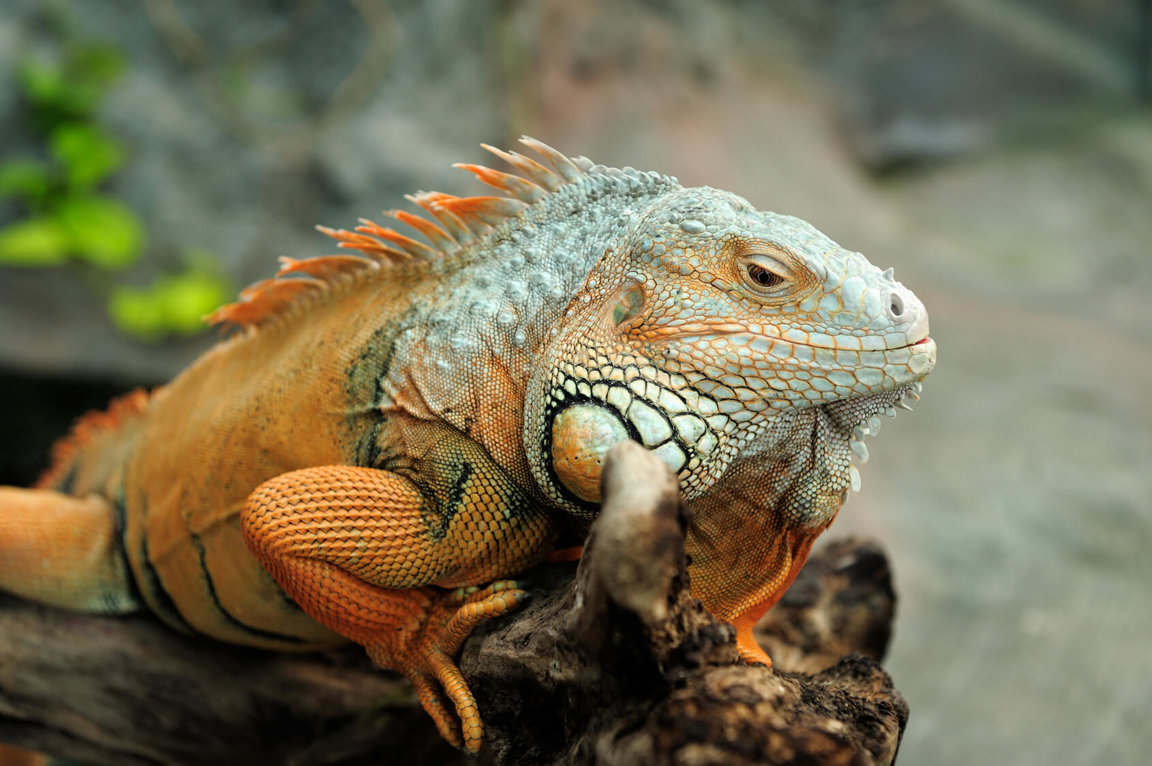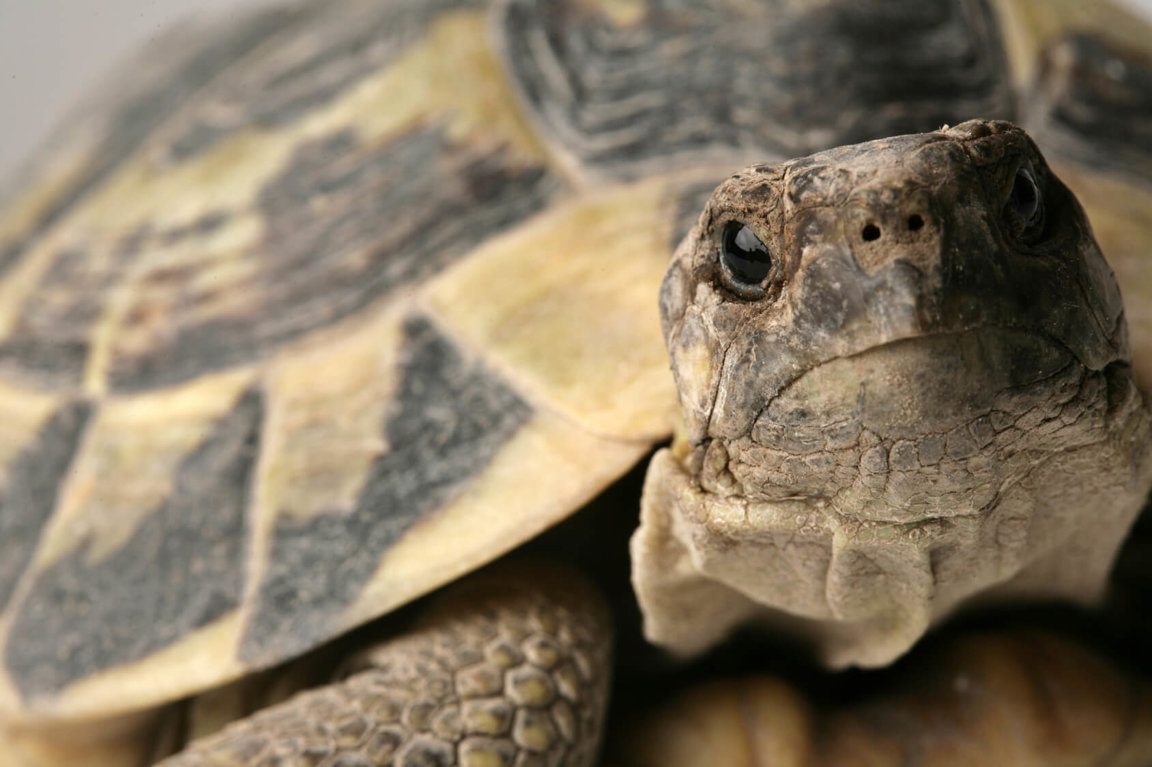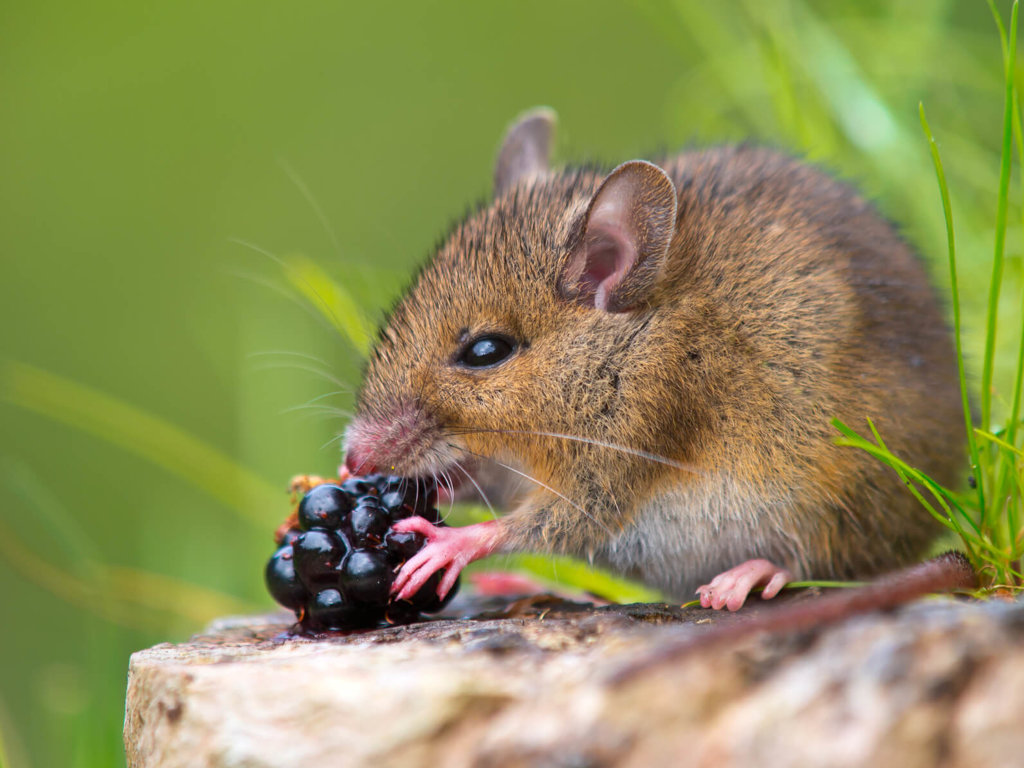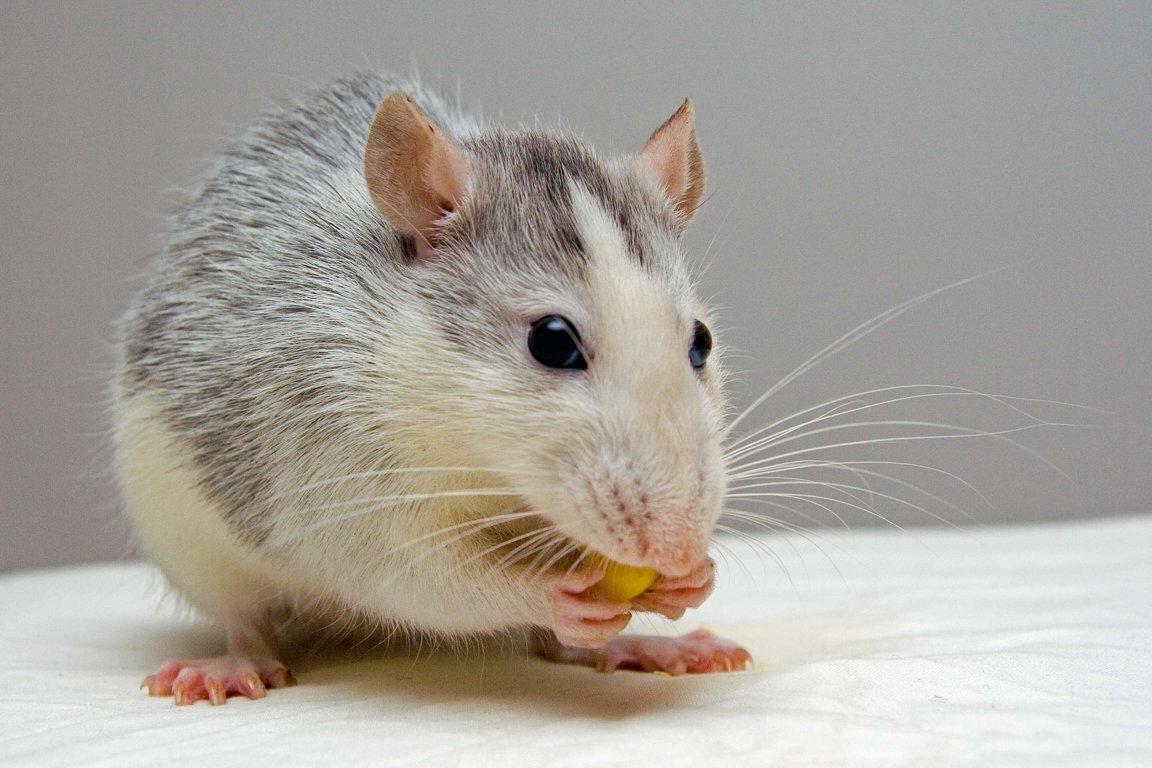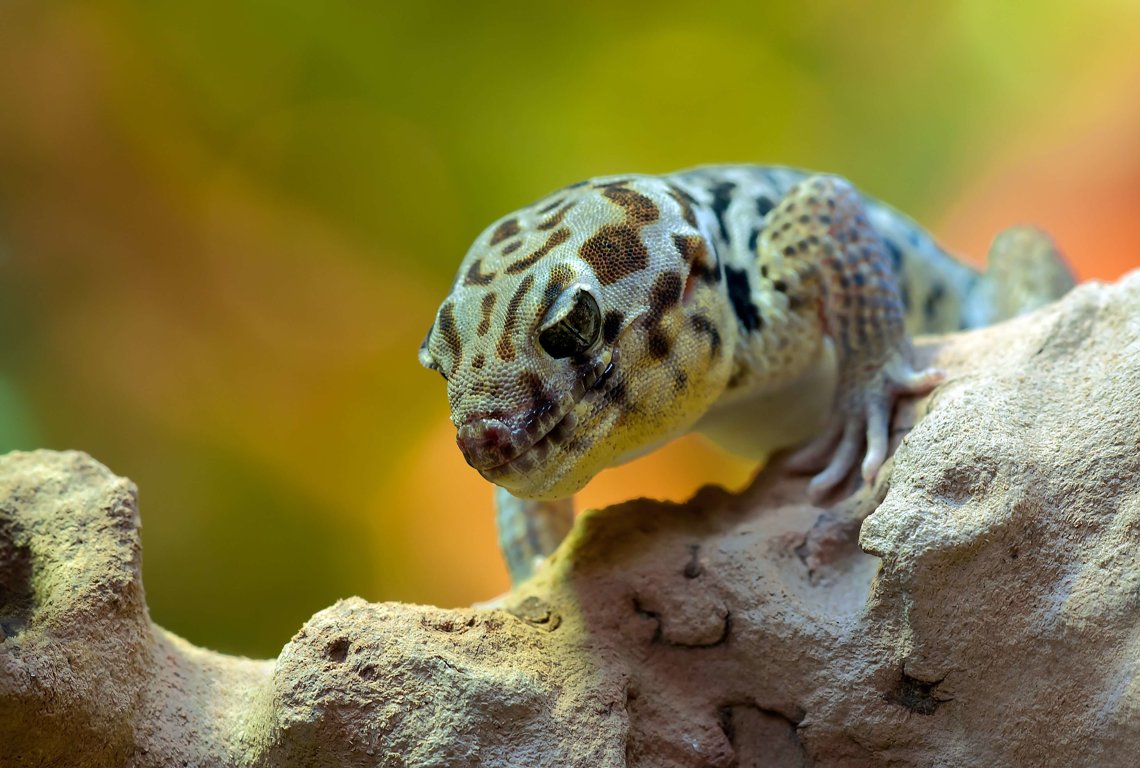Exotic Pets
Many
people appreciate the mystic and beauty of exotic animals such as
reptiles, amphibians, birds or mammals of non-native species or
individuals of native species that have been raised in captivity. They
succumb to the temptation of purchasing critters, reptiles, amphibians
and other exotic animals, often on impulse. Too often little thought is
put into the care and commitment necessary to properly provide for these
animals. Parents frequently purchase the animals as learning aids or
entertainment for their children who are far too young to be responsible
for an intelligent, emotional, living being.Most critters, reptiles, amphibians and exotic animals are mass produced by the pet trade...just like puppies from puppy mills. They are viewed by the pet trade businesses as money making objects. Profit is placed above their welfare. They are denied veterinary care, exercise and socialization. Many are captured from the wild and transported long distances. They are packed into crates and trucked or flown hundreds of miles to brokers and pet stores...often suffering or dieing in the process.
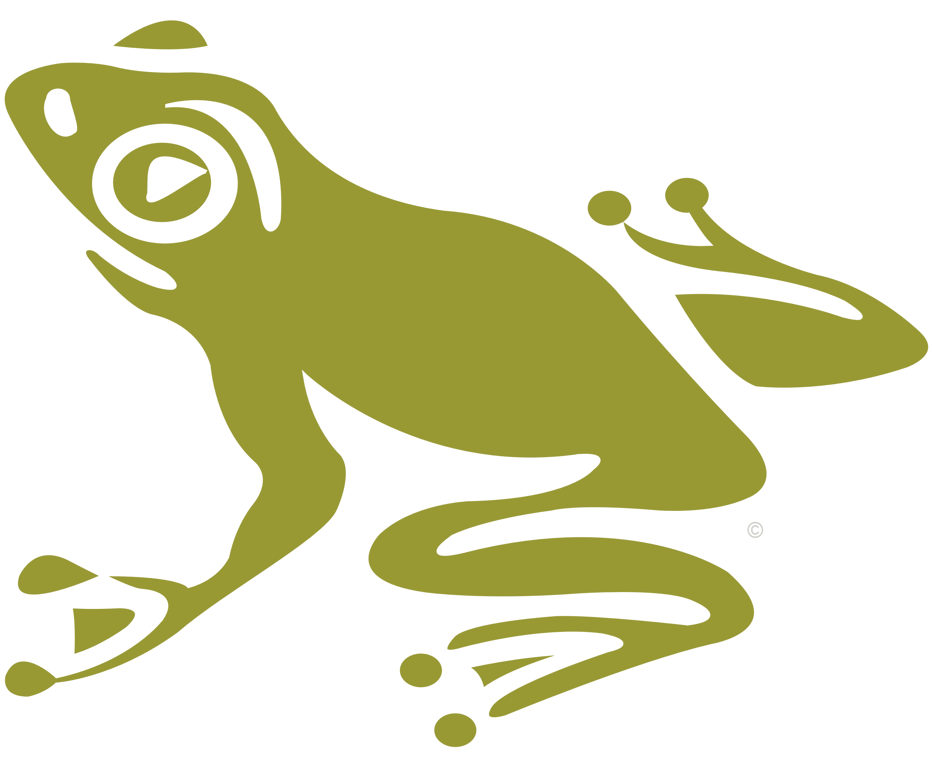
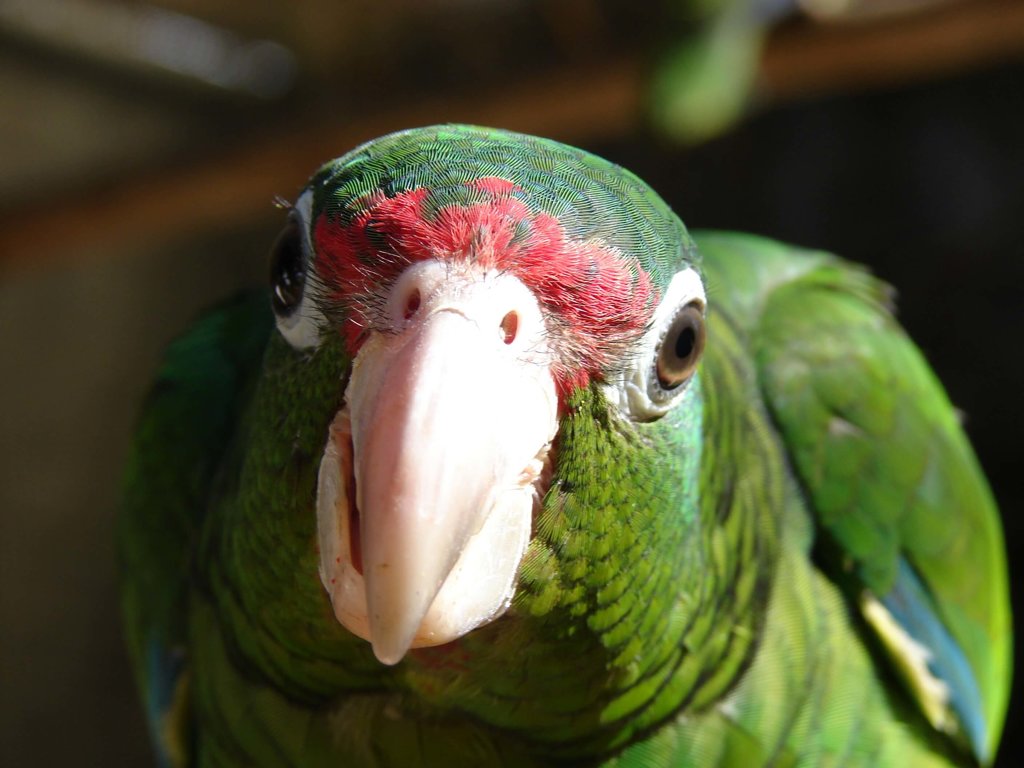
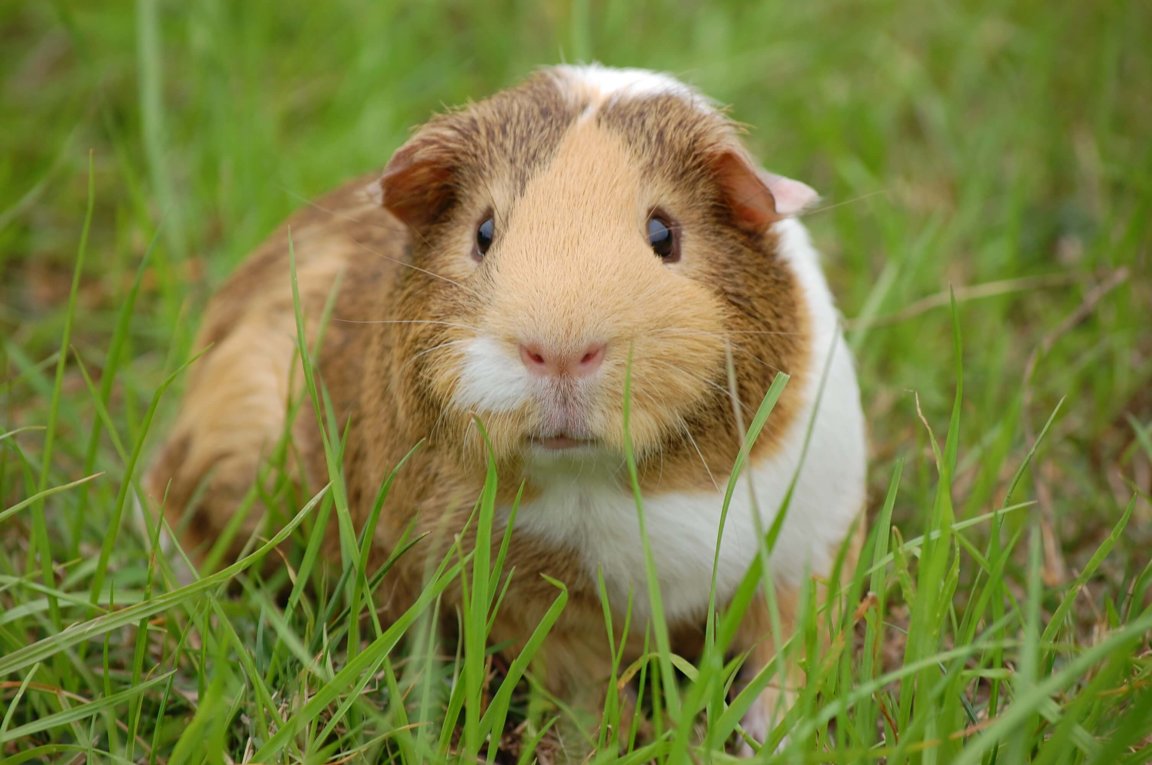
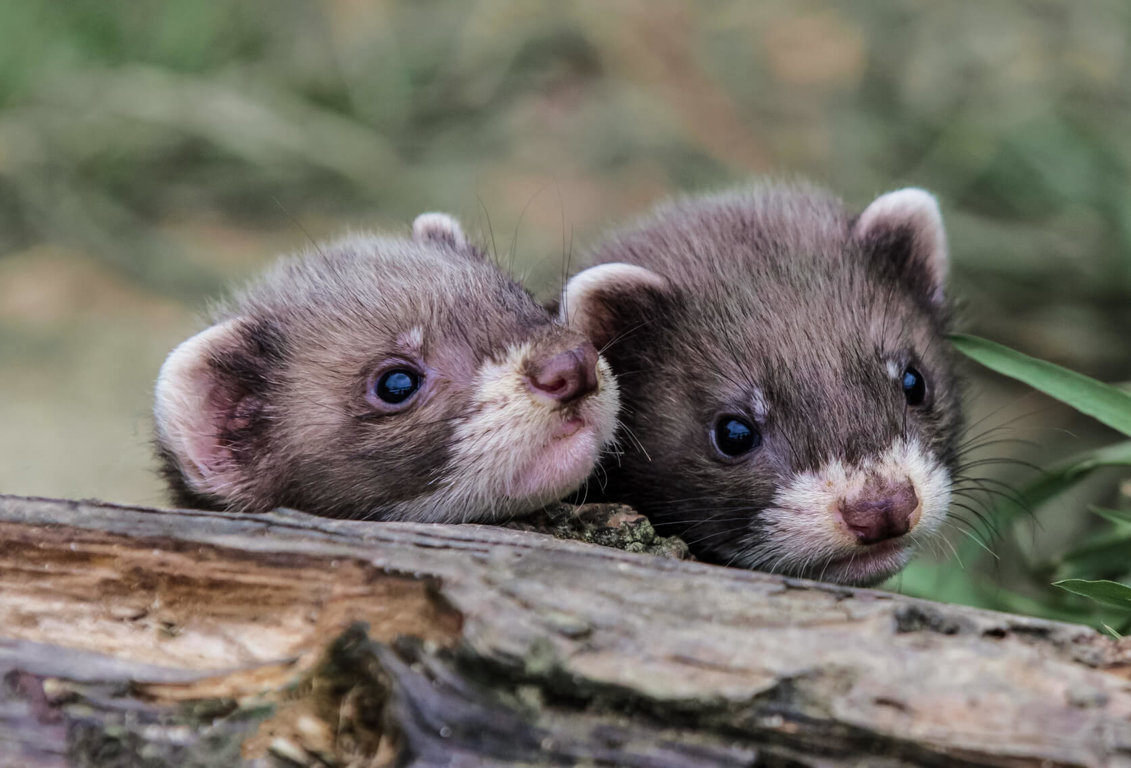
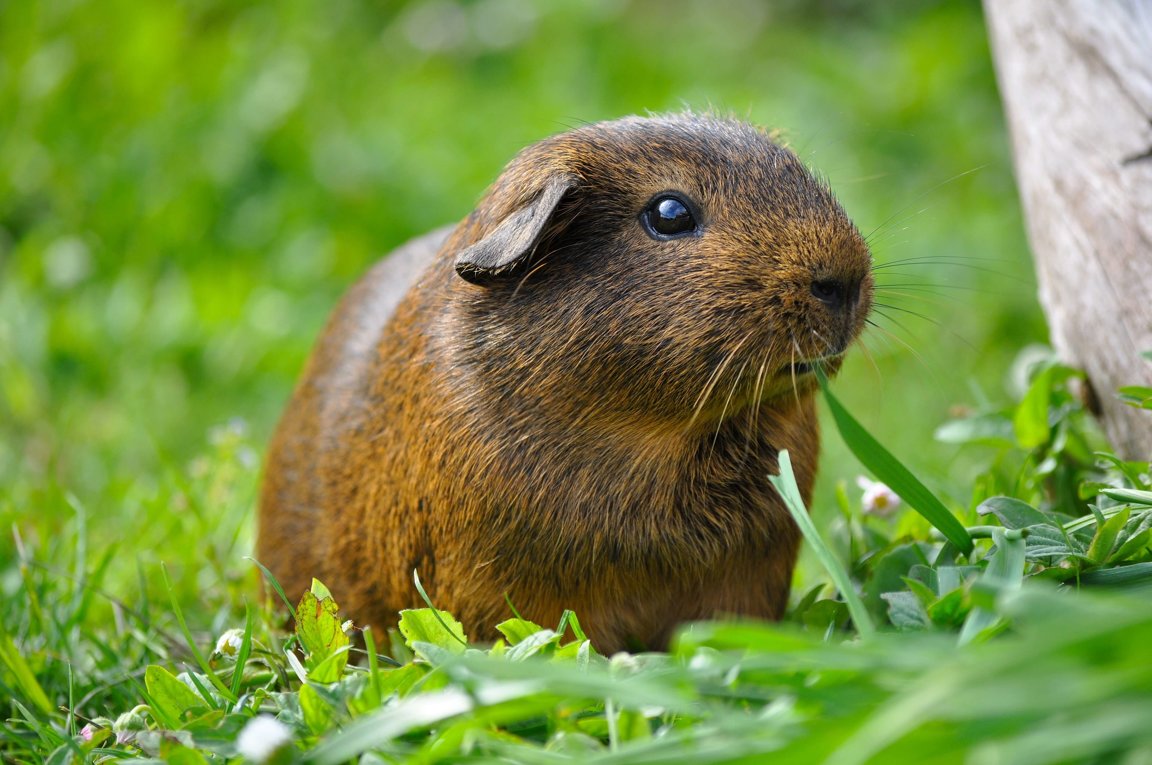
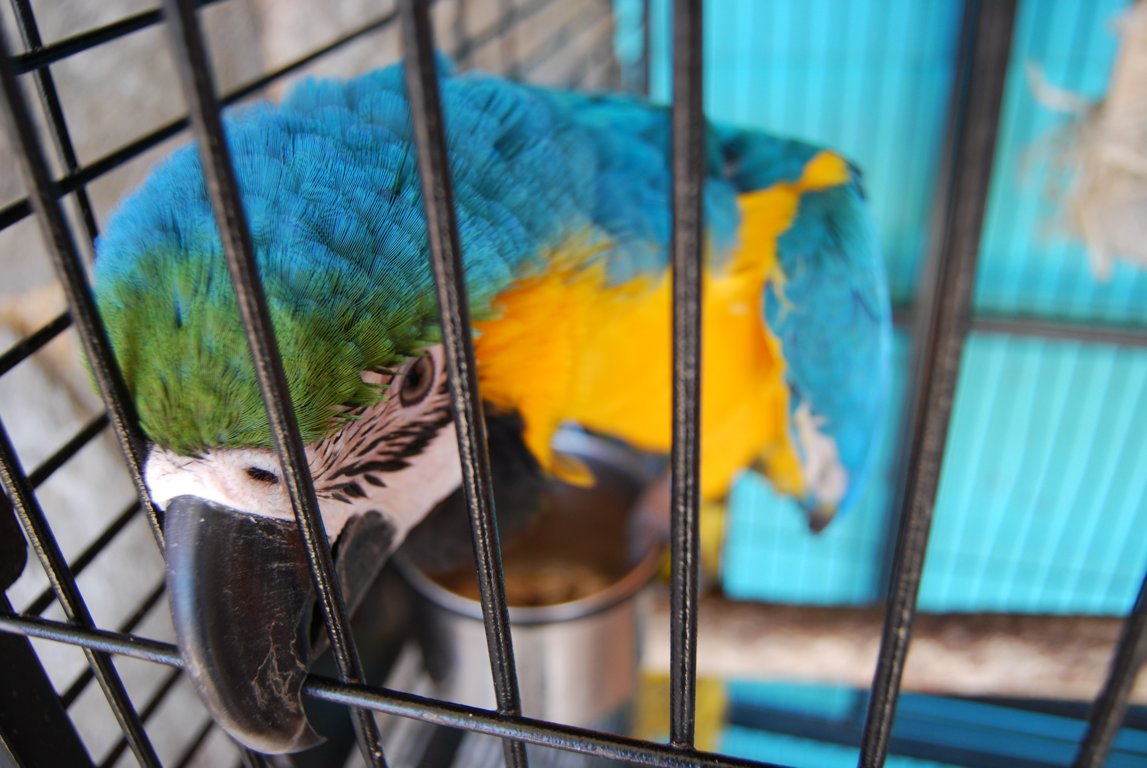
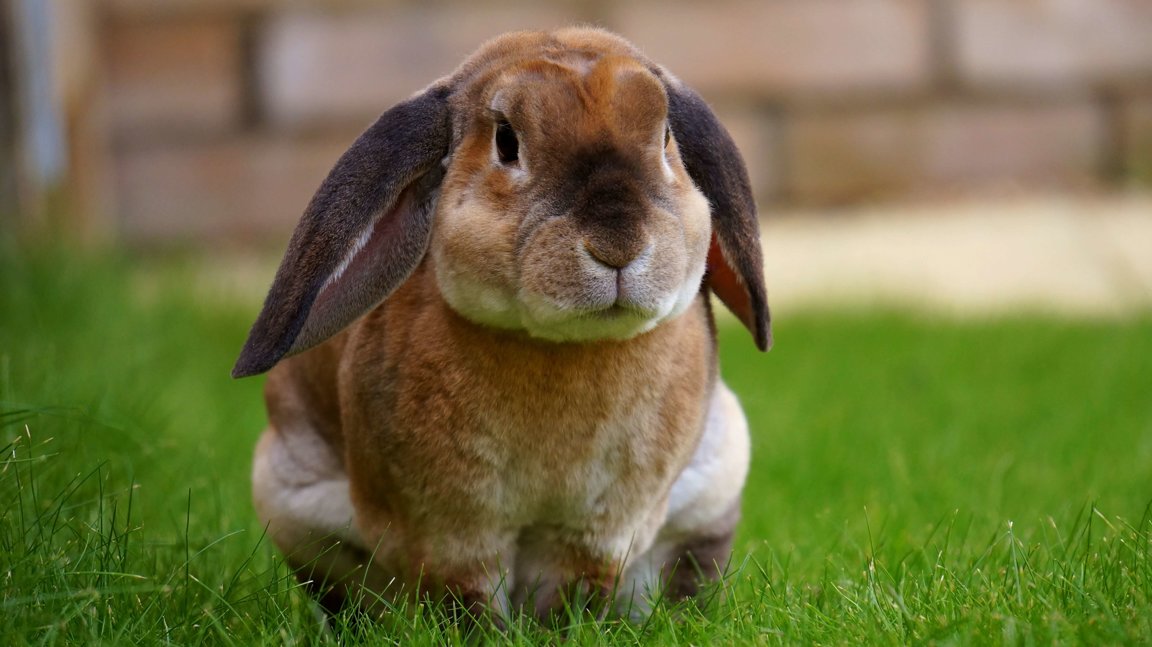
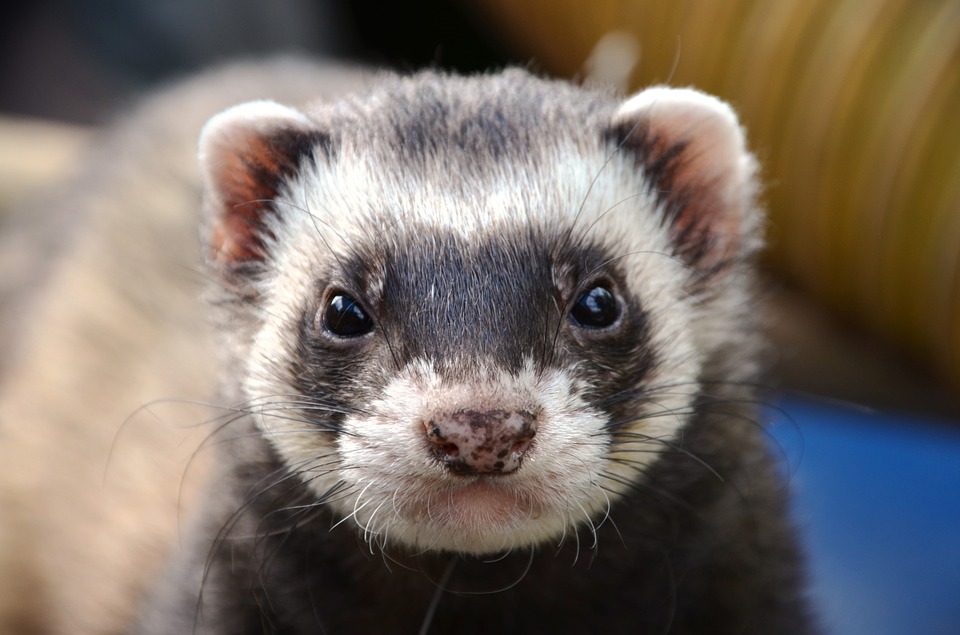 The domestic ferret is believed to be native to Europe, a subspecies of the polecat. They were domesticated about 2,500 years ago to help farmers hunt rabbits by crawling into rabbit burrows and scaring the rabbits out of their holes. In the wild, ferrets feed mainly on mice, small rabbits and small birds.
The domestic ferret is believed to be native to Europe, a subspecies of the polecat. They were domesticated about 2,500 years ago to help farmers hunt rabbits by crawling into rabbit burrows and scaring the rabbits out of their holes. In the wild, ferrets feed mainly on mice, small rabbits and small birds.
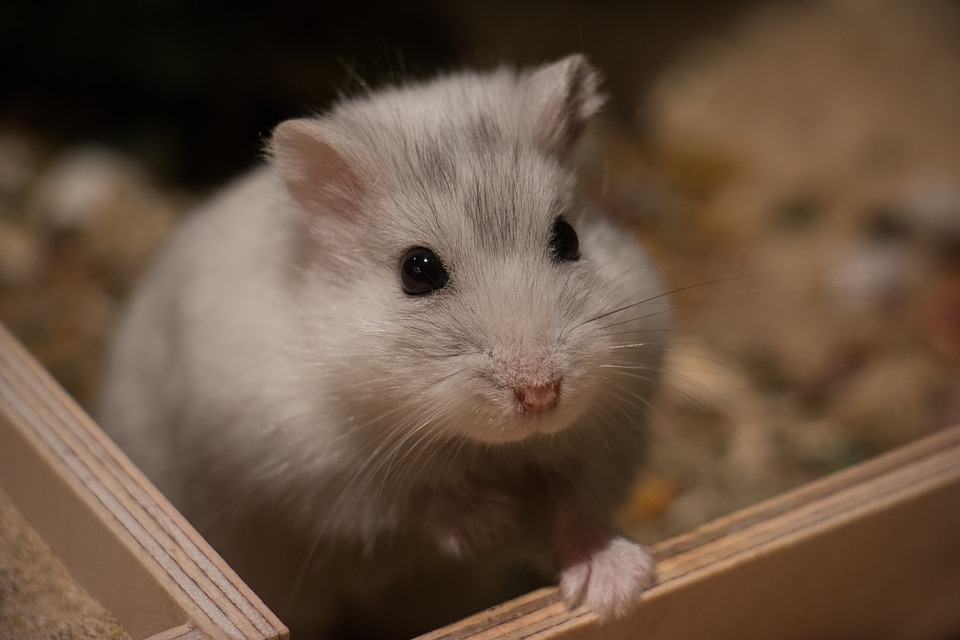 Hamsters were found in Syria in 1839 and have been held captive as “pets” and test subjects since the 1940s. They are believed to have originated in the deserts of east Asia. They inhabit semi-desert regions around the globe where soft ground allows burrowing.
Hamsters were found in Syria in 1839 and have been held captive as “pets” and test subjects since the 1940s. They are believed to have originated in the deserts of east Asia. They inhabit semi-desert regions around the globe where soft ground allows burrowing. 